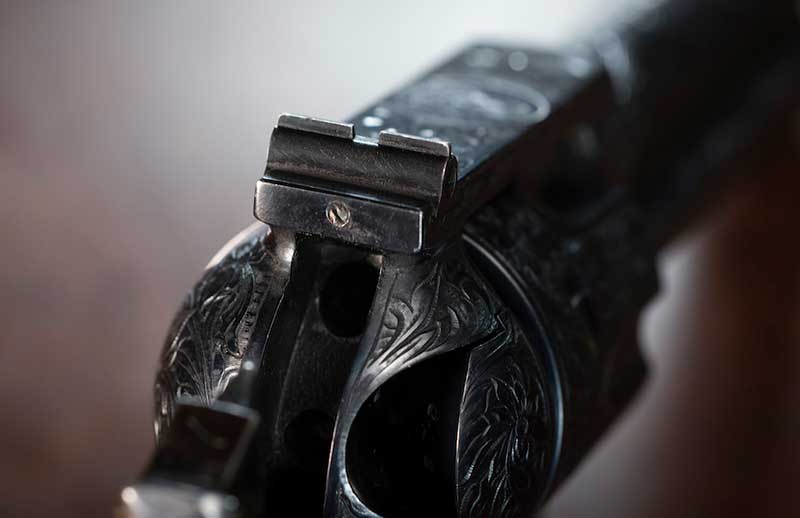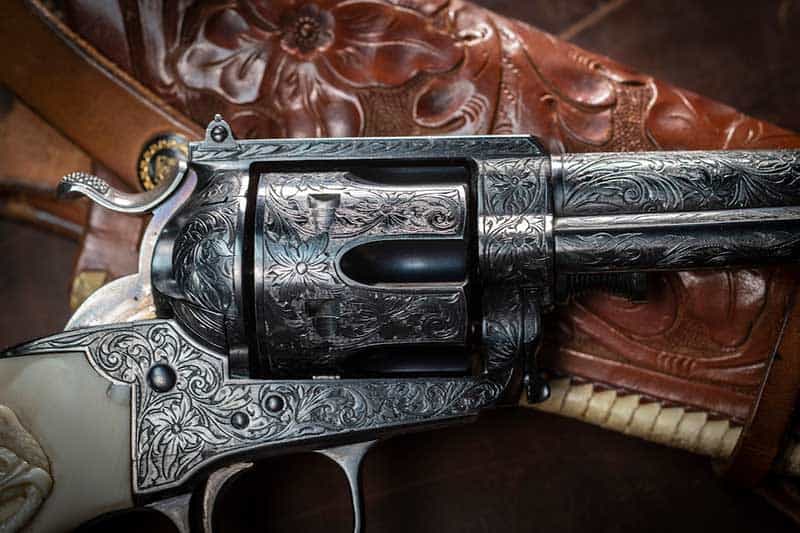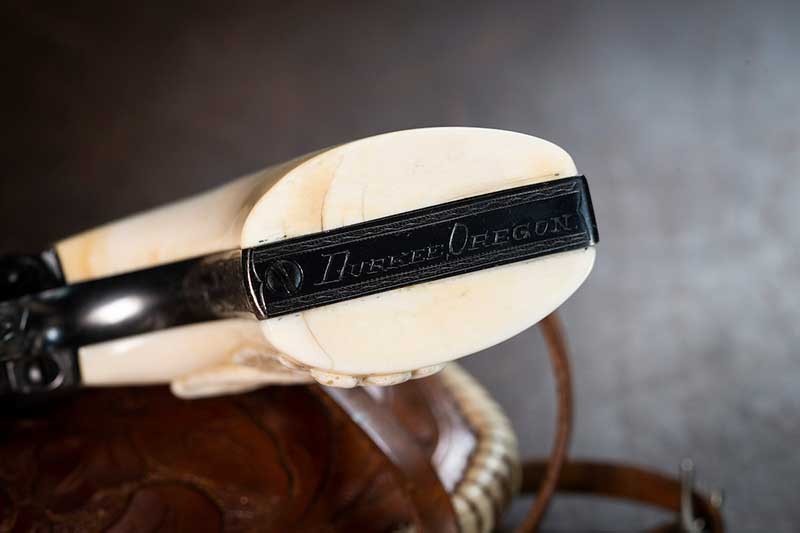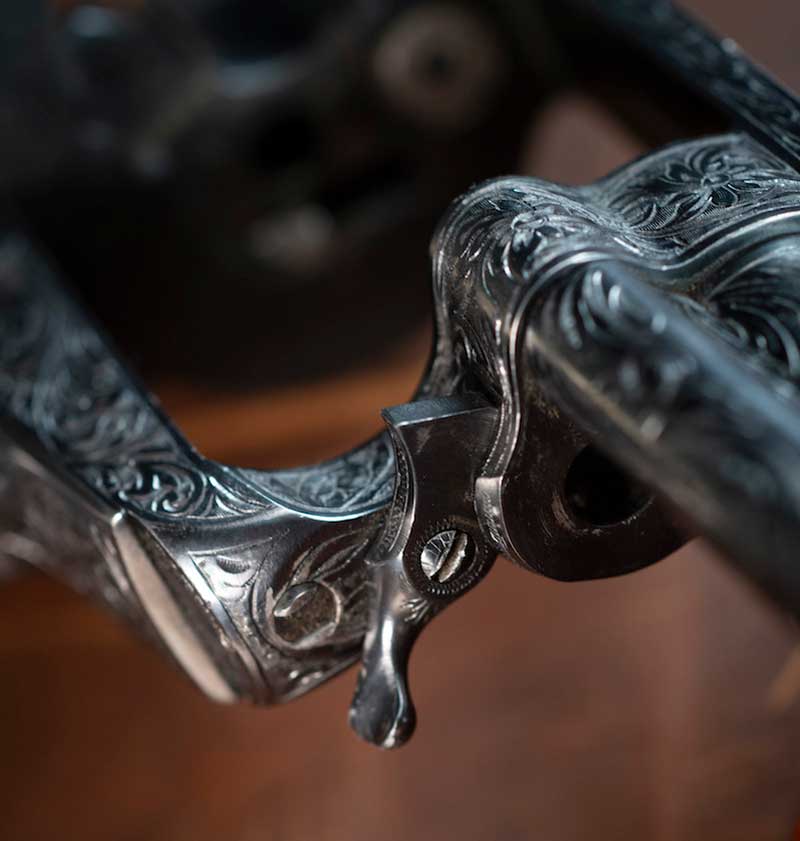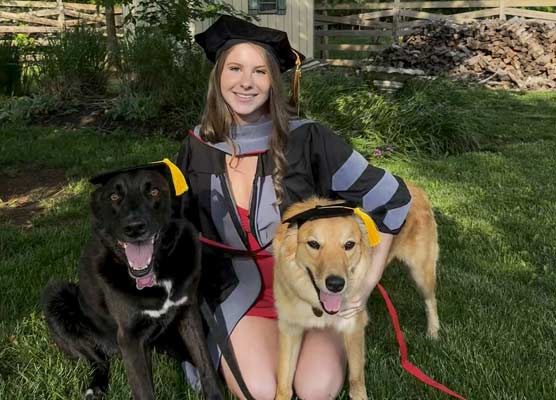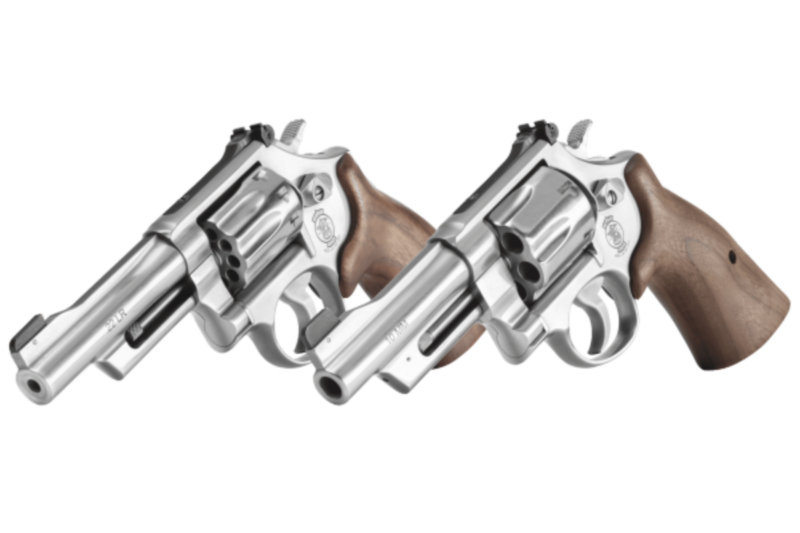Rehashing Elmer Keith's No. 5
Colt SAA Revolver
I was supposed to be hunting in Africa, but plans had fallen through. Dejected, bummed out and slightly depressed, I re-learned a valuable lesson. Things happen for a reason, and sometimes work out for the better. Call it destiny or good fortune, but shortly after the trip cancellation, I was invited to Iowa during the same period I was to be in Africa to see the most recognized custom sixgun — Elmer Keith’s No. 5 Colt SAA Revolver.
For once in my life, I was in the right place at the right time. The gun was going to be auctioned off again through Rock Island Armory Auction House. Matthew Peake, who was then working for Brownell’s, coordinated an exclusive photo shoot of the famed sixgun while also producing a roundtable conversation featuring Steve Ostrem of Brownell’s, Bobby Tyler of Tyler Gun Works, Mike “Doc” Barranti of Barranti Leather and myself. Seems I was destined to be in Iowa in fine company, along with the No. 5.
Looking back, boy, am I ever glad it worked out the way it did! During this visit, I got to handle the holy grail of “sixgundom.” Yes, “sixgundom” is a word gun aficionados understand, even if I just made it up. It simply emphasizes the magnitude and importance of Keith’s No. 5.
What’s In A Name?
Back in 1927, while writing for American Rifleman, Elmer Keith talked of long-range sixgun shooting at distances many think preposterous. Harold Croft, a sixgun enthusiast from Philadelphia, Pa., was intrigued by his claims. A close relationship ensued, with Keith inviting Croft to his Durkee, Ore. ranch for a visit.
Croft accepted, bringing a “suitcase full of guns,” as Keith described it. Croft spent much time and money improving standard Colt SAAs, looking to develop lightweight guns for self-defense, designing four different featherweight models from SA Army and Bisley Colts. He called them No. 1 through No. 4.
Keith regarded Croft’s No. 3 grip as perfect, considering it “the finest ever put on a sixgun.” Consisting of a Bisley backstrap mated with an SAA guard and front strap, the Bisley back strap was bent to the same angle as the SAA front strap and guard. Excited, Keith sent a Colt with Croft “to be worked over,” explaining the modifications he wants from Croft’s guns, along with a few of his own ideas.
He stated he wanted the No. 3 grip frame, along with target front and rear sights, while leaving the gun full weight for better balance. He also wanted a locking base pin latch. R.F. Sedgley designed the mechanism, positively locking the base pin in place, making it impossible to “jump” from recoil. Keith also desired an oversized base pin head for easy removal in the field.
Hands-On Observations
When picking up the No. 5, the first thing noticed is the deceptive lightness of the gun. You’d think it’s going to be heavier, but due to the balance of the gun and the shape of the grip frame, it appears much lighter. The No. 5 is also a natural pointer, with sight alignment being instantaneous when bringing it to eye level.
The rear sight notch is square and is just large enough to fill the Patridge-style, adjustable front sight. It is genius in design, for if daylight is seen on either side of the front sight, you know your sight alignment is off.
Closer Examination
The barrel and recoil shield on this gun are immaculate. The rifling is sharp, with no visible throat erosion near the forcing cone. It made me wonder how much Keith shot his prized sixgun. From his writings, we know the gun was re-blued at least three times.
I don’t think he shot with the frequency or veracity as many of us do today, simply because of the times he lived and the money available for powder, primers and lead. And remember, in the old days, Keith cast and handloaded while being a full-time cattle rancher and outfitter. Regardless, I was surprised at the lack of wear/corrosion in the throat area. I’m not being critical by any means, but just an interesting observation.
The gun was not engraved until later. Doc O’Meara originally made Walrus ivory stocks for it, but they were replaced when they shrunk. Keith engraved his gun not to be fancy but rather to cover up or conceal the numerous scuffs and scraps it endured from daily carry.
Field Tested Elmer’s Way
We know Keith obviously shot the No. 5 only the way he could, stating, “I killed 59 magpies, around two dozen crows and hawks, six horned owls, and a bobcat, to say nothing of over a hundred blacktail jackrabbits and a few woodchucks. It does excellent work at long range.”
Speaking of accuracy, he said, “using a charge of five grains of Bullseye and 250-grain cast bullet, sized to 0.431″, I put five shots under a silver dollar at 15 yards. Such accuracy is good for me, and will get meat when I need it.”
Speculations
For those interested in such things (I know I am), cylinder throats measured 0.432″ with pin gauges with gun weight being 2.55 lbs. The barrel/cylinder gap is very tight, with barely any light able to peek through. Bobby Tyler removed the grip panels, revealing the mainspring. It appears brand-new, without any hint of rust. Tyler was impressed with the complexity and fitting of the spring. Barrel length measured 5.51″.
Elmer’s Final Word
When speaking about the No. 5, Keith stated, “for general excellence of grip, balance, sights, trigger and hammer, I do not think this gun can be improved upon.”
No stronger endorsement exists than that! For him, the gun was perfect. It may not be perfect for everyone, though.
Elmer Keith, though larger than life, was small in stature. I’m sure his hands were smaller, too. What is perfect for one may be the exception for another. I think the biggest thing he showed us was to dream big and not be afraid of going the custom route by having the perfect gun made to our specifications. His famous article, “The Last Word,” got the ball rolling for us mere mortals.






